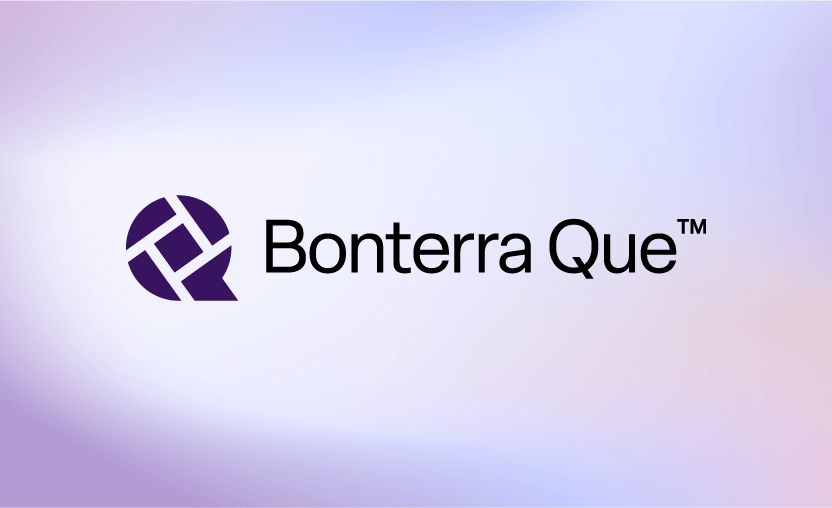A sustainable fundraising plan consists of a variety of revenue sources, including grants. Securing grants not only provides key funding for some of your nonprofit organization’s largest projects and programs but also helps build long-term relationships with funders.
To win a grant, your nonprofit needs to submit a well-written proposal. Although you might hear the terms “grant writing” and “grant seeking” used in different contexts, they both refer to the steps your organization needs to take to prepare and submit an effective grant proposal. Let’s look at each step of the grant writing process in more detail.
1. Set relevant, realistic goals
Before you apply for a grant, figure out the specific financial need the grant will fulfill for your nonprofit. Most grant funding is restricted, meaning your organization has to use it the way you outlined in your proposal. To find a grant that fits your organization’s needs, confirm the project or program the grant will fund and how much funding a grant could supply for that project. If your nonprofit is new to the grant writing process, you’ll need to demonstrate that you can manage smaller grants effectively before funders entrust you with larger amounts. Make sure that the amount of funding you apply for is within reach for your organization. Winning a small grant now can put your organization on the road to achieving major goals in the future.2. Prepare for the complete grant process
Once you know what you want to accomplish with your grant proposal, assess your organization’s readiness for the complete grant process. This includes not only proposal writing, but also grant management and financial reporting after you secure the funding. Funders often ask to see a variety of organizational information included with grant applications and reports, so start compiling those resources early. A few key nonprofit documents to have on hand include:- Recent Form 990s, audits, and other financial statements.
- Budgets for the initiative and for your organization as a whole.
- Annual reports or other documents highlighting your nonprofit’s recent achievements.
3. Research grant funding opportunities
Your organization is most likely to secure grants that align with your purpose and goals. Funders think of grants as investments and look to invest in nonprofits that will create positive change related to the grantmaking organization’s values. Do your research before applying for any grant funding opportunities to ensure the funder is a good match. After you consider each funder’s interests, make sure that the grant’s scope is right for your organization and that you can meet the application deadline. Online services like GrantStation and Candid’s Foundation Directory are great resources to narrow down your options. Also, your board members may already have valuable connections to grantmaking organizations or insights on where your nonprofit could learn more about funding opportunities.4. Build relationships with funders
Your board’s personal connections to grantmaking organizations can help introduce your nonprofit to funders and get your foot in the door. Many funders accept grant proposals by invitation only, and even opportunities with open applications will be more feasible if your nonprofit establishes a relationship with the funder first. Once you connect with a funder, set up a meeting to give them an overview of your nonprofit’s purpose and explain your current goals. If the funder seems interested, continue communicating with them regularly. Consider inviting them to tour your organization or attend a fundraising event so they can see your impact for themselves before they extend an invitation to apply for grant funding.5. Write a standout grant proposal
Preparing the proposal is at the core of the grant writing process. In your application, you need to stand out from other nonprofits competing for funding and show the funder why your organization is the best choice to support. Before you start writing, create a detailed outline of all of the required information. Different funders may request that you include additional sections or arrange them in another order, but the basic parts of a grant proposal include the:- Executive summary
- Organizational overview
- Needs assessment
- Program goals and objectives
- Methodology
- Evaluation criteria
- Budget
6. Double check the grant requirements
Once you’ve drafted your grant application, ask several staff members to read over it and provide feedback. Each round of review will help you gain different insights to make the writing stronger. Before you submit the proposal, refer back to the grant requirements to ensure you’ve followed all of the formatting guidelines. In particular, check that your sections are in the right order and labeled as the funder requests. Finally, always remember to submit your proposals by the deadline.Getting started with the grant writing process
The grant writing process requires time and effort, especially if your nonprofit is just starting out, but it provides a chance to win significant funding to further your purpose. After you submit your first proposal, take note of what steps went well and where your organization could improve to make each grant application more effective than the last.
Ready to Get Started?




